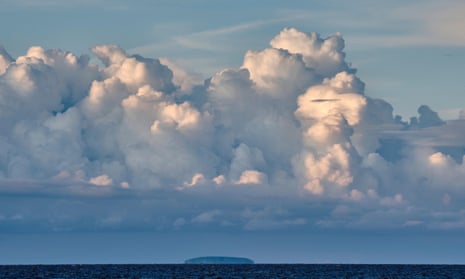Every time I return to Somerset I am knocked sideways by the size of the skies. Heading away from Bristol, just past Gordano, the motorway crests on a long bend. Far away to the right, I catch a glint of the Bristol Channel on the horizon; now I’m on the home stretch. On either side, the land pulls back, unfurling to make more room for more sky.
We thunder across the Blind Yeo river, and now we’re in the land of the summer settlers, rolling our way through the Levels.
When you’ve lived in the middle of Delhi for decades, where your view of the sky is confined to a radius of approximately 10 degrees from the vertical, to have the horizon at eye level and the whole troposphere – or so it seems – arrayed above you in all its glory … well, it’s hard to keep your eyes on the road.
According to Luke Howard’s 1802 classification system, which we still use today, clouds fall into 10 genera. In the highest layer are: cirrus (wispy as angel hair), cirrocumulus (the mackerel sky) and cirrostratus (fine sheets rather than clumps).
There are three cloud types in the mid-level: altocumulus (clumpy), altostratus (sheets) and the raincloud, nimbostratus.
The three lower down are stratocumulus, stratus and cumulus (the iconic cloud shape beloved of the creators of The Simpsons). Finally there’s the big daddy of them all: cumulonimbus – the stormbearer, the thundercloud.
Each genera has a number of subspecies, to cover every blob and wisp, but start down that rabbit hole and you may never emerge. To these natural phenomena, we must now add manmade ones: the contrail, the factory flume, the aerosol pollution clouds over cities and the mushroom cloud.
The life expectancy of an average cloud is around 10 minutes. I will arrive at the next junction under a completely different sky. It seems crazy to try to classify such fleeting phenomena, and yet I am glad to know their names. After all, nothing lasts for ever. You, me and that glorious cumulus congestus over Bridgwater, we’re all only briefly here. Change is in the air: look up.

Comments (…)
Sign in or create your Guardian account to join the discussion